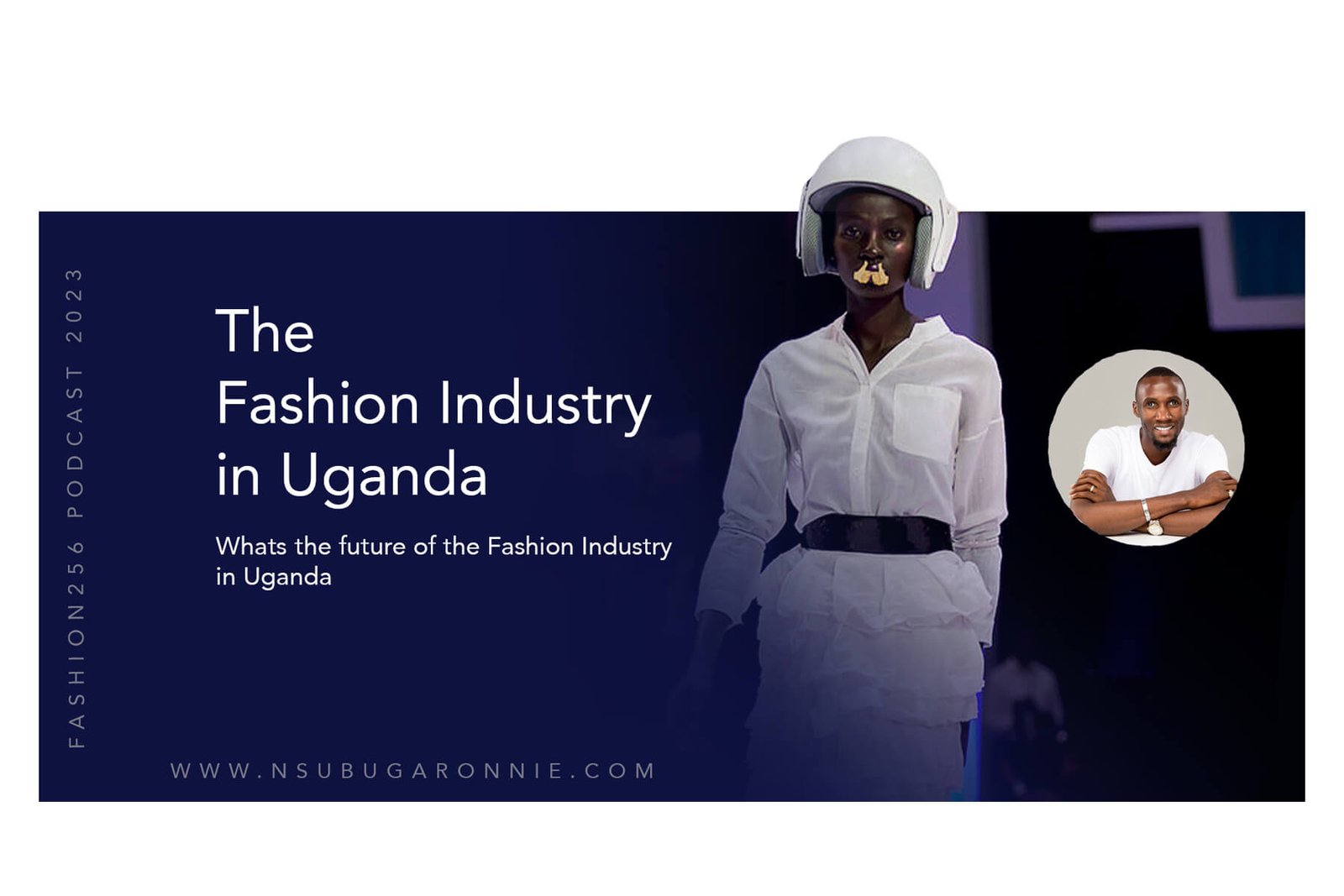THE FASHION INDUSTRY IN UGANDA
The fashion industry in Uganda has experienced significant growth and development over the years. The country's fashion scene is vibrant and diverse, with a mix of traditional and contemporary styles. Ugandan fashion designers have gained recognition both locally and internationally, contributing to the country's economy and cultural identity.
Uganda's fashion industry is characterized by a rich blend of traditional African aesthetics and modern influences. Traditional fabrics such as bark cloth, kitenge, and kikoy are widely used in creating unique and colorful garments. These fabrics are often adorned with intricate patterns, embroidery, and beadwork, showcasing the craftsmanship and cultural heritage of the Ugandan people.
In recent years, there has been a surge in the number of fashion events, shows, and exhibitions in Uganda. These platforms provide opportunities for local designers to showcase their talent and creativity to a wider audience. One of the most prominent fashion events in Uganda is the Abryanz Style and Fashion Awards (ASFAs), which celebrates excellence in the fashion industry and recognizes outstanding individuals and brands.
Uganda's fashion industry has not only contributed to the country's cultural identity but also to its economy. The sector provides employment opportunities for many individuals involved in design, production, marketing, retailing, and modeling. Local designers have also been able to export their creations to international markets, generating foreign exchange earnings for the country.
In terms of retail infrastructure, Uganda has seen an increase in the number of shopping malls and boutiques that cater to the growing demand for fashion products. These establishments offer a wide range of clothing, accessories, and footwear from both local and international brands. Online platforms have also emerged as a popular avenue for fashion retail, allowing designers to reach a global customer base.
Despite the progress made, the fashion industry in Uganda still faces several challenges. Limited access to capital and financial resources hinders the growth and expansion of many fashion businesses. Additionally, the lack of proper intellectual property protection makes it difficult for designers to safeguard their creations from imitation and plagiarism.
To overcome these challenges, various stakeholders in Uganda's fashion industry are working towards creating a more supportive environment. This includes advocating for policies that promote access to finance, providing training and capacity-building programs, and raising awareness about intellectual property rights. The government has also recognized the potential of the fashion industry and has shown commitment to supporting its growth through initiatives such as the Buy Uganda, Build Uganda (BUBU) policy.
In conclusion, the fashion industry in Uganda is a dynamic and evolving sector that showcases the country's cultural heritage while embracing modern influences. Local designers have gained recognition both locally and internationally, contributing to the economy and cultural identity of Uganda. Despite facing challenges, efforts are being made to create a more supportive environment for the industry's growth.
What's the future of the Fashion Industry in Uganda?
The future of the fashion industry in Uganda is promising, as the country has seen significant growth and development in recent years. The fashion industry plays a crucial role in Uganda's economy, contributing to job creation, income generation, and cultural expression. With a rich heritage and diverse cultural influences, Uganda has the potential to become a hub for fashion and design in East Africa.
One of the key factors driving the future of the fashion industry in Uganda is the growing middle class and increasing disposable income. As more Ugandans enter the middle-income bracket, there is a greater demand for fashionable clothing and accessories. This has led to an expansion of retail outlets, both physical stores and online platforms, catering to this emerging market.
Furthermore, there has been a rise in local fashion designers who are gaining recognition both domestically and internationally. These designers are incorporating traditional Ugandan elements into their designs, creating unique and culturally significant pieces. This fusion of traditional and contemporary styles has garnered attention from fashion enthusiasts around the world.
In addition to local designers, international brands are also recognizing the potential of the Ugandan market. Several global fashion brands have established a presence in Uganda, either through standalone stores or partnerships with local retailers. This influx of international brands not only provides consumers with more options but also creates opportunities for collaboration between local and international designers.
Another factor contributing to the future growth of the fashion industry in Uganda is the government's support for the sector. The Ugandan government has recognized the economic potential of the fashion industry and has implemented various initiatives to promote its development. These include providing funding and training opportunities for aspiring designers, organizing fashion events and exhibitions, and supporting local textile production.
Moreover, there is a growing emphasis on sustainability and ethical practices within the fashion industry globally, and Uganda is no exception. Many Ugandan designers are incorporating sustainable materials and production methods into their designs, catering to an increasingly conscious consumer base. This focus on sustainability not only aligns with global trends but also presents an opportunity for Uganda to position itself as a leader in ethical fashion.
However, despite the positive outlook, there are challenges that the fashion industry in Uganda must overcome to fully realize its potential. One of the main challenges is the lack of infrastructure and resources. Limited access to modern machinery, quality fabrics, and skilled labor can hinder the growth of the industry. Additionally, inadequate distribution networks and logistical challenges can make it difficult for designers to reach a wider market.
Furthermore, intellectual property rights and copyright protection remain areas of concern. Without proper legal frameworks in place, designers may face difficulties in protecting their designs from plagiarism and counterfeit production. Addressing these issues will be crucial in fostering a conducive environment for creativity and innovation within the industry.
In conclusion, the future of the fashion industry in Uganda looks promising. With a growing middle class, increasing recognition of local designers, government support, and a focus on sustainability, Uganda has the potential to become a vibrant fashion hub in East Africa. However, addressing challenges such as infrastructure limitations and intellectual property rights will be essential for sustained growth and success.





